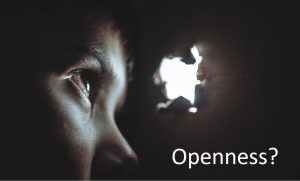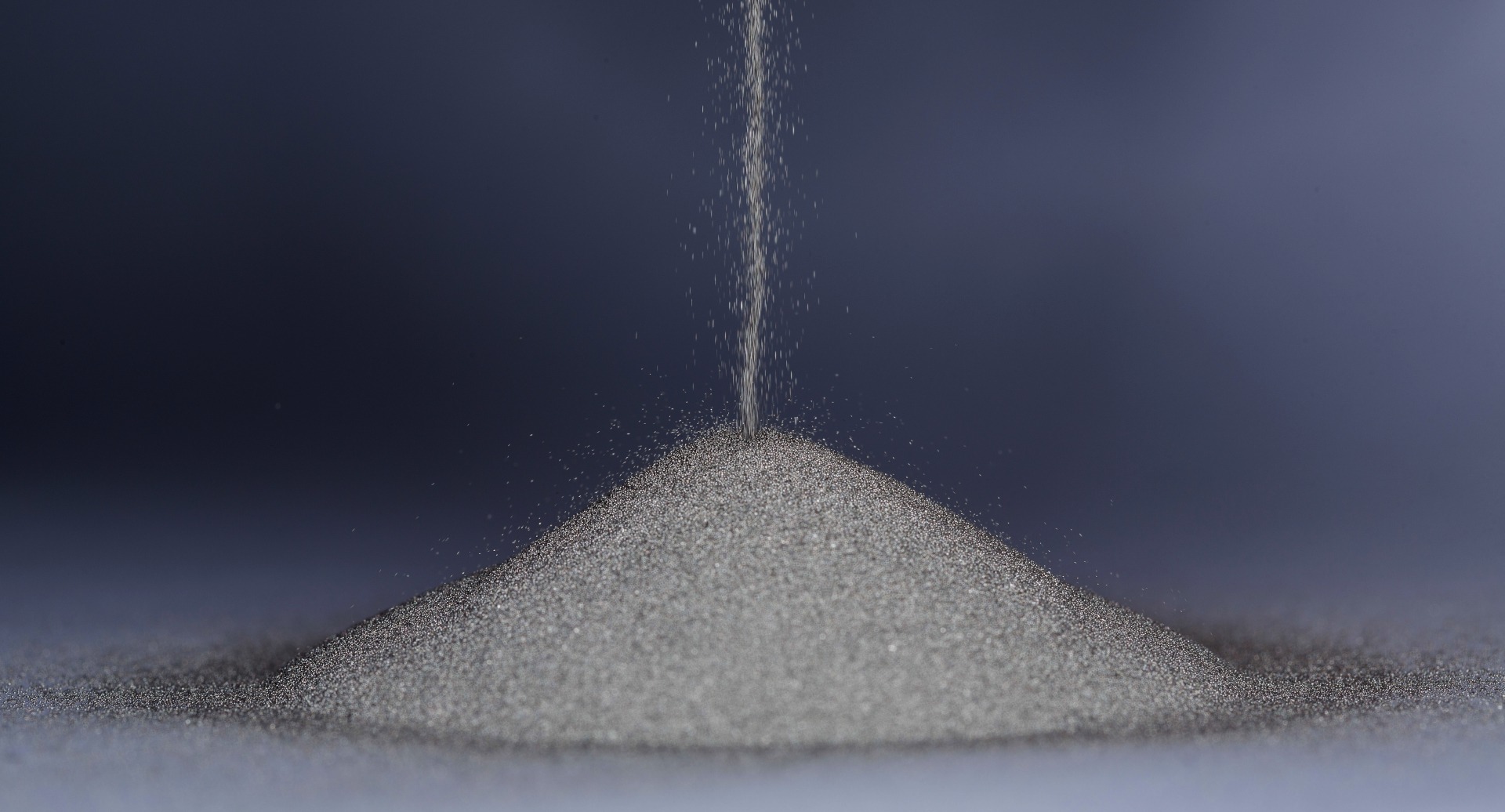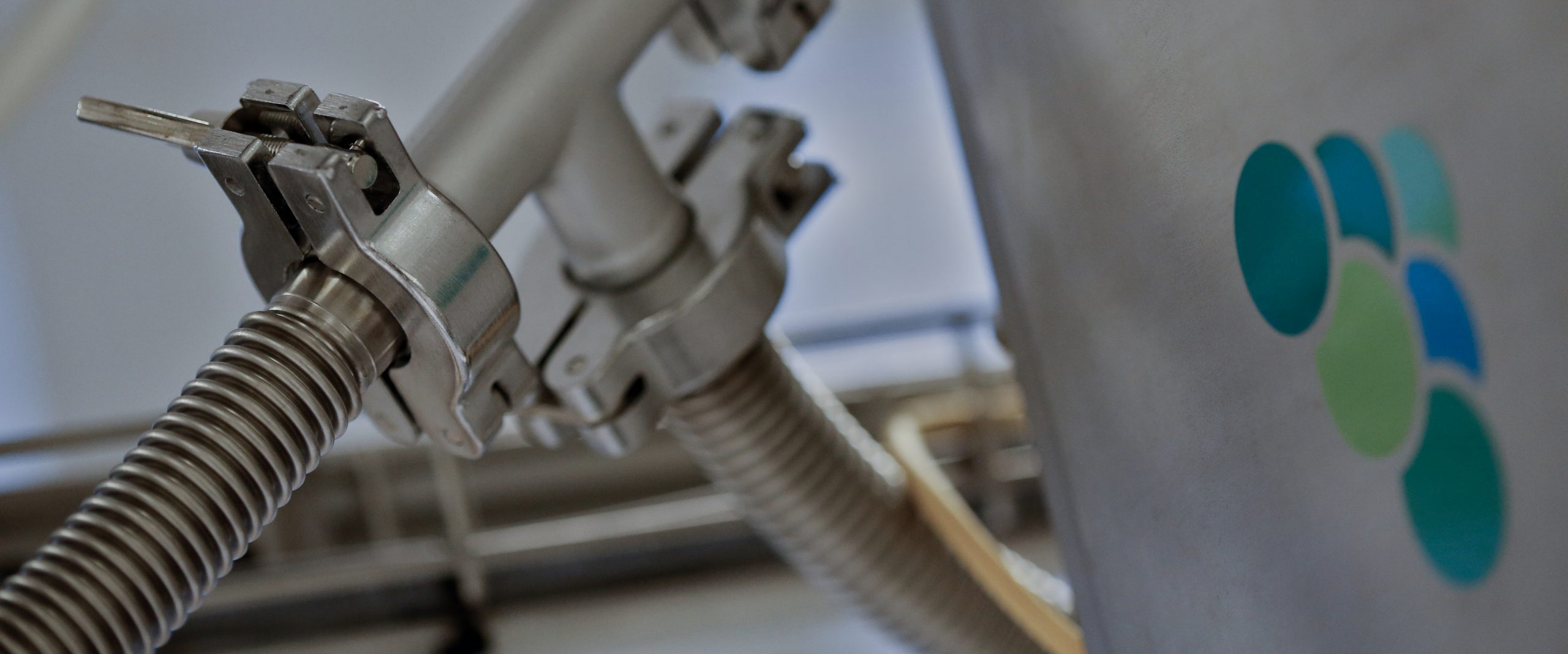
OPENNESS and FREEDOM in Additive Manufacturing
Metal Additive Manufacturing (AM) has been restricted for many years. Restricted in the sense that end users have not been allowed, even less encouraged, to do what they want with their equipment. Most AM machines come with severe restrictions. Machine suppliers urge you to use their recommended alloys, their branded feedstocks, their beam scanning algorithms, and their process parameters. Their software is not made for customer innovation. No matter what they say, they obviously do not want you to work with your own AM processes and your own powder materials in the machine you bought from them. They want to keep you inside their fences.
Ever since Freemelt was founded in 2017, our goal has been to bring openness, transparency, and freedom to the AM industry. In 2019 we launched our first E-PBF metal 3D printer, Freemelt ONE, which is fully based on open source solutions. We see Freemelt ONE as a versatile tool, and we want this tool to be used freely by skillful and creative people. We encourage our users to make their own choices of materials and processing methods in the machine we provide. We even trust them to develop their own add-on software packages for Freemelt ONE, if they want to. Therefore, we share Freemelt ONE source code under open source licenses. Sincerely, we doubt that you can find another metal AM machine providing more freedom!

More recently, we have seen that some of our colleagues in the AM market have started talking about openness, using phrases such as “open parameters”, “freely programmable”, “open platform” or “research mode”. As pioneers of open source AM, we think this is a very encouraging trend! It confirms that the Freemelt vision of collaboration and openness is the right way to go, and we feel proud that others are now following in our footsteps.
However, there are still various degrees of openness out there! Fences and limitations can still be found. Here is what makes the openness provided by Freemelt so special:
- We allow full integration into the core of our AM system, not just towards a limited number of narrowly defined interfaces. This applies to both our hardware and our software.
- The Freemelt ONE software is from the start designed and made to be open and flexible, to allow true integration of anything the customers need – on their own terms. It is not a closed software in disguise with just a few open gates.
- The scanning paths of our electron beam can be 100% freely programmed. And the extremely high scanning speed of our electron beam really makes a difference for investigating innovative scanning patterns that nobody has tried before!
- Our software code is available free-of-charge at gitlab.com/freemelt. It is open for inspection, alteration and further development. You are completely free to download the source code, develop it and share under the open licenses. That is what truly open source systems are all about!
- We are not just open source to the bone; we also encourage our customers to try any alloy material and any powder size and shape. We put you in the driver’s seat!
- Everything that you develop can be transferred to your manufacturing systems (as long as they are open enough to implement processes across different system platforms).
- Our Freemelt ONE system is also open in a physical meaning. It is cleverly designed to be a multi-purpose R&D tool. The machine comes without an outer shell to be fully accessible, and it has many ports for attachment and integration of process monitoring equipment of your choice.
- We do not turn inwards for all solutions, instead we reach out to everyone using our products and others, to build a strong and growing community for the future of additive manufacturing. We do not restrict; we encourage and share!
Next time you hear other AM machine suppliers speak about openness, ask them what it means.
Do they provide a wide-open door, inviting the customer to enter, understand, participate, and contribute?
Or is their openness in reality just a small peephole in a door that remains locked?
Read more about Open Source and Freemelt ONE.

2020-11-20 12:40:31
Author: Ulric Ljungblad, CIO, founder Freemelt AB

